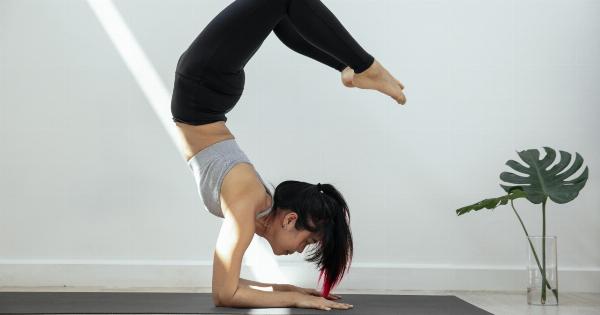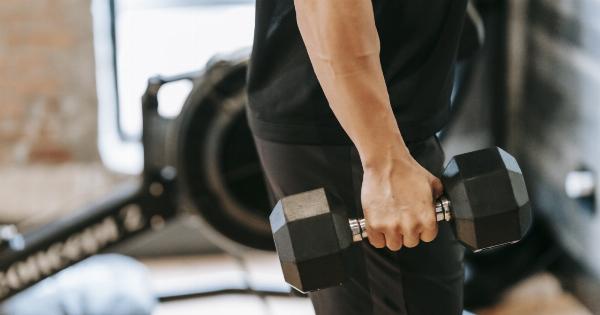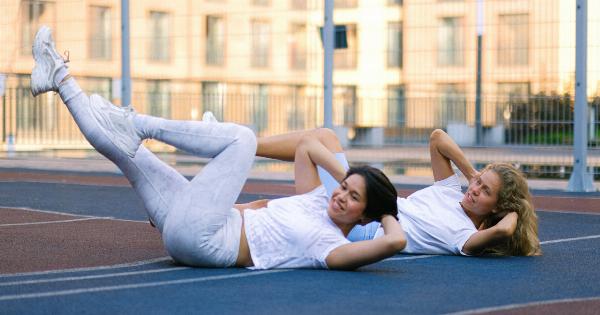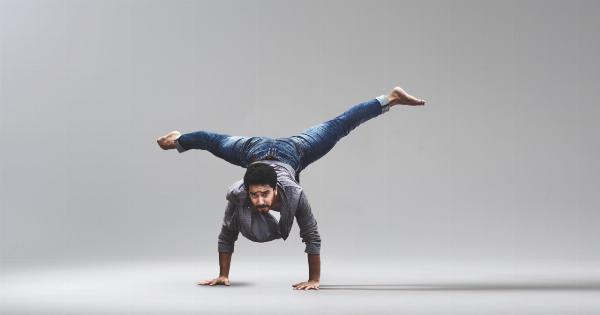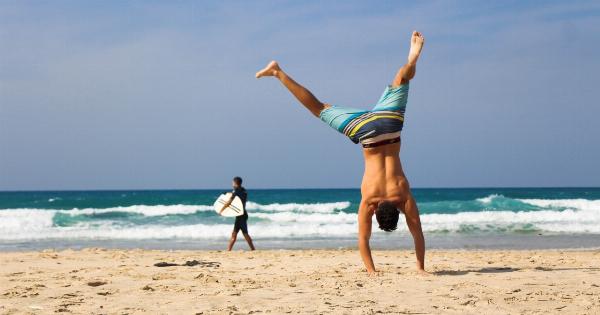Gymnastics is a physically demanding sport that requires incredible strength, agility, and coordination. From balance beams to parallel bars, gymnasts perform an array of awe-inspiring exercises that push the boundaries of human capabilities.
However, not all gymnastics exercises are safe, and it is important to understand the risks associated with certain movements. In this article, we will explore why some gymnastics exercises can be unsafe and the potential consequences they may have on athletes.
The Importance of Proper Technique
One of the key factors in ensuring the safety of gymnastics exercises is the use of proper technique.
Gymnasts undergo extensive training to master the execution of each movement, as correct form is essential for maintaining stability and minimizing the risk of injuries.
However, even with proper training, accidents can still occur. Gymnastics involves complex and intricate movements that require a high level of concentration and precision.
Mistakes or lapses in focus, even for a split second, can result in catastrophic injuries.
Overuse Injuries
Gymnastics is notorious for the high number of overuse injuries it can cause. Overuse injuries occur when the body is subjected to repetitive stress, often associated with intense training regimens and excessive training hours.
Repetitive motions such as tumbling, vaulting, and swinging on bars can put significant strain on the joints, muscles, and connective tissues. This can lead to conditions like tendonitis, stress fractures, and cartilage damage.
Young gymnasts are particularly susceptible to overuse injuries due to their developing bodies. Their bones and soft tissues are still growing, making them more vulnerable to strain and damage.
It is crucial for both coaches and parents to monitor training volume and intensity to prevent overuse injuries in gymnasts.
Dangerous Stunts and Tumbling Passes
Gymnastics is known for its spectacular stunts and tumbling passes that leave audiences in awe. However, some of these moves come with inherent risks and should only be attempted by highly trained and experienced gymnasts in a controlled environment.
For example, the double-back somersault on the floor exercise requires immense power and air awareness. Without proper technique and judgment, gymnasts risk landing on their head or neck, which can cause spinal cord injuries or concussions.
Similarly, high-flying moves on the uneven bars, such as the release and catch element known as the Tkachev, can be dangerous if not executed correctly.
A mistimed release or failure to catch the bar can result in falls from significant heights, leading to broken bones or head injuries.
Poor Equipment Maintenance
Another potential hazard in gymnastics arises from inadequate equipment maintenance. Gymnastics apparatus requires regular inspection and upkeep to ensure they are in optimal condition and safe for use.
Uneven bars with worn-out grips or loose connections can increase the risk of accidents during routines. Similarly, a balance beam with uneven or slippery surfaces can lead to slips or falls, potentially causing severe injuries.
It is the responsibility of gymnastics facilities and coaches to ensure that equipment is well-maintained, regularly inspected, and replaced when necessary.
Proper equipment maintenance is crucial in mitigating the risks associated with gymnastics exercises.
Insufficient Warm-up and Cool-down Routines
Warm-up and cool-down routines are vital in any physical activity, including gymnastics. They prepare the body for rigorous exercises and help prevent injuries.
Insufficient warm-ups may result in tight muscles and decreased flexibility, making gymnasts more prone to sprains or strains during exercises.
Neglecting cool-down routines can impede the body’s ability to recover and heal properly, potentially leading to chronic injuries or long-term damage.
Gymnasts should prioritize warming up before training or competition and incorporate stretching exercises that target the specific muscle groups used in their routines.
Cooling down with gentle stretches and relaxation techniques is equally important to allow the body to gradually return to a resting state.
Inappropriate Training Progression
Training progression plays a critical role in gymnastics. It involves gradually increasing the intensity, difficulty, and complexity of exercises to improve performance and skill acquisition.
However, improperly designed training progressions can be detrimental to an athlete’s safety and well-being.
Pushing gymnasts too quickly through progressions without allowing sufficient time for skill mastery and physical adaptation can increase the risk of injuries.
Training beyond an athlete’s capabilities or attempting advanced movements without proper preparation can lead to traumatic injuries, such as ligament tears, dislocations, or even spinal fractures.
Gymnastics coaches should follow structured training programs that prioritize proper technique, gradually increasing the difficulty of exercises, and allowing adequate rest and recovery periods.
This ensures athletes can safely build the strength, flexibility, and skills necessary for challenging gymnastics exercises.
Lack of Spotting or Supervision
Spotting is a technique commonly used in gymnastics to assist gymnasts during complex or high-risk movements. A spotter provides physical support and guidance to ensure the gymnast can execute the exercise safely.
Failure to provide spotting when necessary or inadequate supervision during training sessions greatly increases the chances of accidents and injuries.
Spotting is particularly important for beginners or when learning new skills, as it helps gymnasts develop proper technique and builds their confidence.
In addition, coaches and trainers should closely monitor gymnasts for signs of fatigue, overexertion, or pain during training.
Recognizing these indicators early on can prevent further injury and allow for appropriate modifications to training regimens.
Conclusion
Gymnastics is an incredible sport that showcases the beauty of the human body’s flexibility, strength, and agility. However, it is essential to recognize the risks associated with certain gymnastics exercises.
From overuse injuries to dangerous stunts and inadequate safety measures, there are various factors that can make gymnastics exercises unsafe for athletes.
By prioritizing proper technique, equipment maintenance, sufficient warm-up and cool-down routines, appropriate training progressions, and the use of spotters, coaches and gymnasts can work together to minimize the risks involved in gymnastics.
Safety should always be the top priority, allowing gymnasts to continue thriving in this extraordinary sport while minimizing the chances of injuries.







